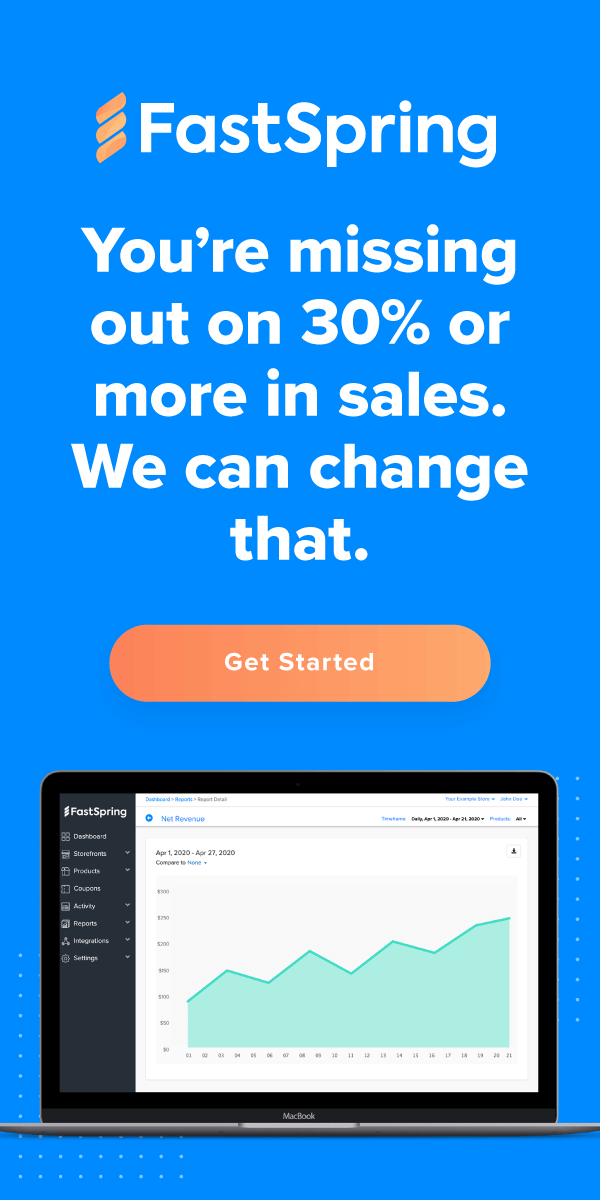You’ve decided that the time has come for you to adopt a new ecommerce platform, but which one is best for your business’s specific needs? How do you know what to seek out when you’re looking to implement an ecommerce platform?
Fortunately, we’ve partnered with G2 Crowd to create an Implementation Index for Ecommerce; this tool highlights the factors that contribute to a truly successful and user-friendly ecommerce platform. Let’s break these down one by one, so that you’ll be fully prepared to make a decision that will ensure that you’ve made a purchase that will benefit your business for years to come. Here are some implementation factors to take into account:
1. Ease of Setup
This category is pretty self-explanatory; how easy is it to set up the platform? Is it something your in-house IT department can do, or, better yet, can you do it yourself? Is the platform supported by the company, so that if you have questions, they’ll be available to answer them? It’s vital that you choose a platform that’s simple to use to ensure that you’ll be able to get up and running as quickly as possible.
2. Average Months to Go Live
How long did it take people who used the software to go live? If you’re interested in getting real-life examples of the average length of time it took a business to get their platform operating, you can consult the Implementation Index for Ecommerce to get a feel for how long it should take you to start transactions with the ecommerce platform of your choosing. (We’re proud to note that in a field of fifteen platforms, FastSpring is the fastest to implement at .5 months!)
3. Implementation Method
This factor refers to the way that the company implemented the software. There are three different methods listed. They are:
- Led by In-House Team — In other words, no external assistance was required to integrate the software; the IT team was able to get it going without any additional help.
- Led by Vendor PS — Instead of the in-house team installing the platform, the vendor’s support team implemented the software.
- Led by 3rd Party — A team outside of the organization and not from the software company integrated the new ecommerce platform. The internal team and the software company didn’t assist in the transition.
If you’re hoping to have your IT team implement the software, you’ll probably want to seek out software that has a high score in the first method.
4. User Adoption
So, after a user tried the demo, did they decide to use the platform full-time? If a platform has a poor user adoption rate, that doesn’t bode well for its user friendliness; that would indicate that once the user attempted to use the software, they weren’t sufficiently impressed to adopt it on a long-term basis. A platform with a high user adoption percentage typically indicates that the platform is user friendly.
If you’re interested in assessing fifteen ecommerce platforms using these factors, click here to see how much you could save on your ecommerce solutions.
![[Customer Story] Why TestDome Considers FastSpring a Real Partner](https://fastspring.com/wp-content/themes/fastspring-bamboo/images/promotional/2023/FastSpring-TestDome-blog-thumbnail.jpg)








